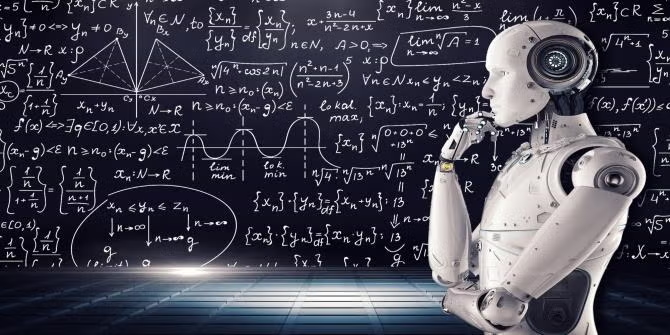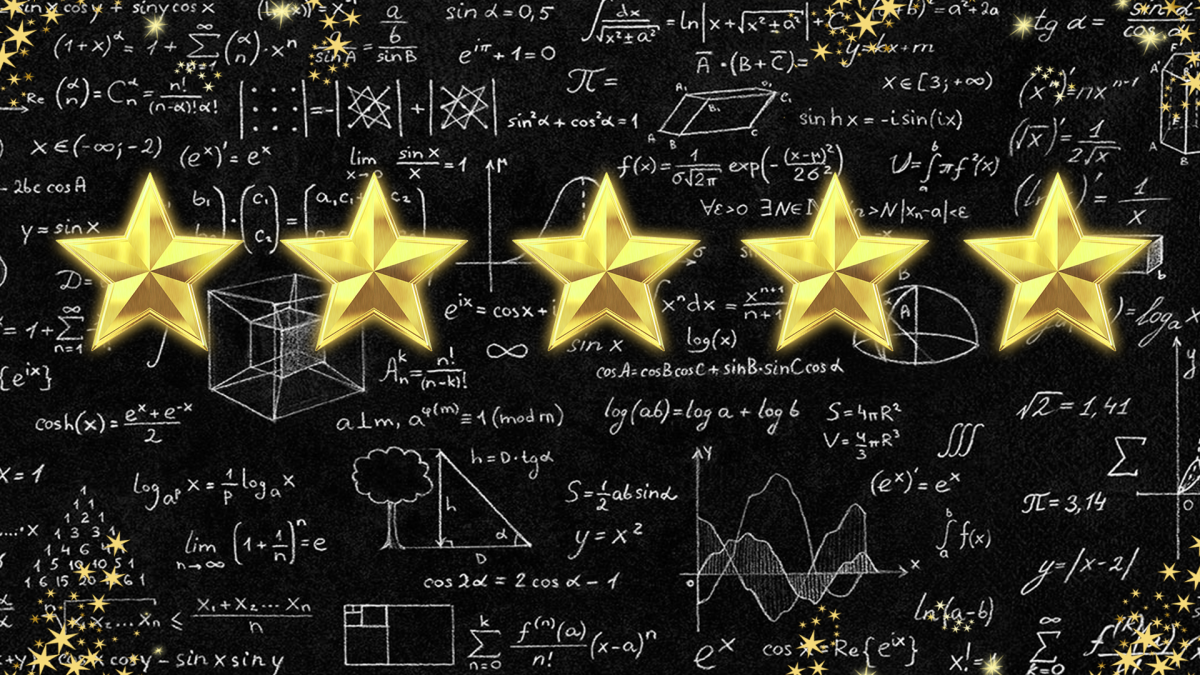The basics of natural selection will be highlighted using the Natural Selection PhET simulation where students complete a series of challenges. As a result of this experience, students will be able to
The basics of natural selection will be highlighted using the Natural Selection PhET simulation where students complete a series of challenges. As a result of this experience, students will be able to
This is the third lesson in the series of lessons comparing how garden growing techniques determine plant growth and production. In this 3 - day lesson, students will begin with review of the first 2
Students will learn lots of information about the rainforest featuring the different layers, the animals, birds, plants, and other important concepts. Students will then use this information and
This design challenge was open for any interested students from grades 9-12. Students met afterschool over the course of the second semester. This is the 4th sequence of lessons in a set of 4. This
This lesson takes this classic story and opens a door to the science that is hidden in what is happening in the environment. Students will dive into what a lion is, and their ecosystem. Art is also
After exploring recycling by reading "What a Waste" by Jess French and watching a video of Kenyan flip flop recycling project, students will gather recyclable materials from home and school to design
This lesson is part of a project to isolate bacteria from soil and test it for antibiotic activity. This can be the start of the project or you can do lesson 1 soil microbes first. Though you do have
Fecal Transplant Exploration is a 2 day lesson that involves science, engineering, and writing. Students will gather background information on bacteria. Learn about fecal transplants, then create
Students will begin the year working with a hydroponics system to observe plant growth. To start the students will be given a seedling and determine what the plant is as it goes through the life cycle
This is the planning and set-up stage for an experiment to see which type of gardening is the most sustainable and produces the best results. You will need to either choose or have students help
In this lesson, students begin to develop questions about what is being wasted in our school. It could be waste during lunch or waste as an overall school. Students will conduct an investigation
This lesson helps kids have an understanding of how our eyes capture light. A camera captures pictures of objects using a similar way so in this experiment, kids will be making a camera using simple
This lesson is from Arizona Game and Fish Department. The lesson has students look at data on elk-vehicle collisions on State Route 260. The road is being widened to a two-lane divided road with elk
By exploring seeds and the effects of different planting patterns/depths on seed germination, students will conduct exploration of varying seed depths in soil and keep track of growth and traits over
In this lesson, students conduct an experiment that answers the following driving question: Which type of bedding do red wigglers like better- coconut husk or shredded cardboard? This lesson allows
This is part 2 of 2 where students will be conducting a life science experiment with their Worm Worlds created from part 1 and finding out what a red wiggler's favorite food is.
Methane emissions are far more potent then CO2 emissions in the short-run in the atmosphere yet this is rarely covered in the media. Students will create a multi-media public service campaign to cover
This is a series of lessons that discusses the process and factors that may affect and may not affect seed germination. This also builds the background of the students about the needs of the plants
Urban Gardening; Part IV: Outdoor Container Gardening vs Indoor Hydroponics: An Experimental Project
This is the culminating lesson in the series of lessons comparing how garden growing techniques determine plant growth/production. In this lesson students will apply the Engineering Design Process as
Featured Lesson Plans
Check out these notable lesson plans.

Data Science Inquiry: Me and We
This engaging lesson is the 2nd lesson in a series of 2 focused on data science inquiry. Students use their My Data Portraits from Lesson 1 for data collection, analysis, presentation, reflection and

Quail Farming
Students will learn about the three pillars of sustainability through their quail farm. They will incubate, raise and restock their quails in order for them to be sustainable regardless of what

Ozobot Karaoke
In this lesson, students will combine the fields of coding and robotics with music to program an Ozobot to "sing" a familiar song. Students will learn about music concepts such as notes and octaves


